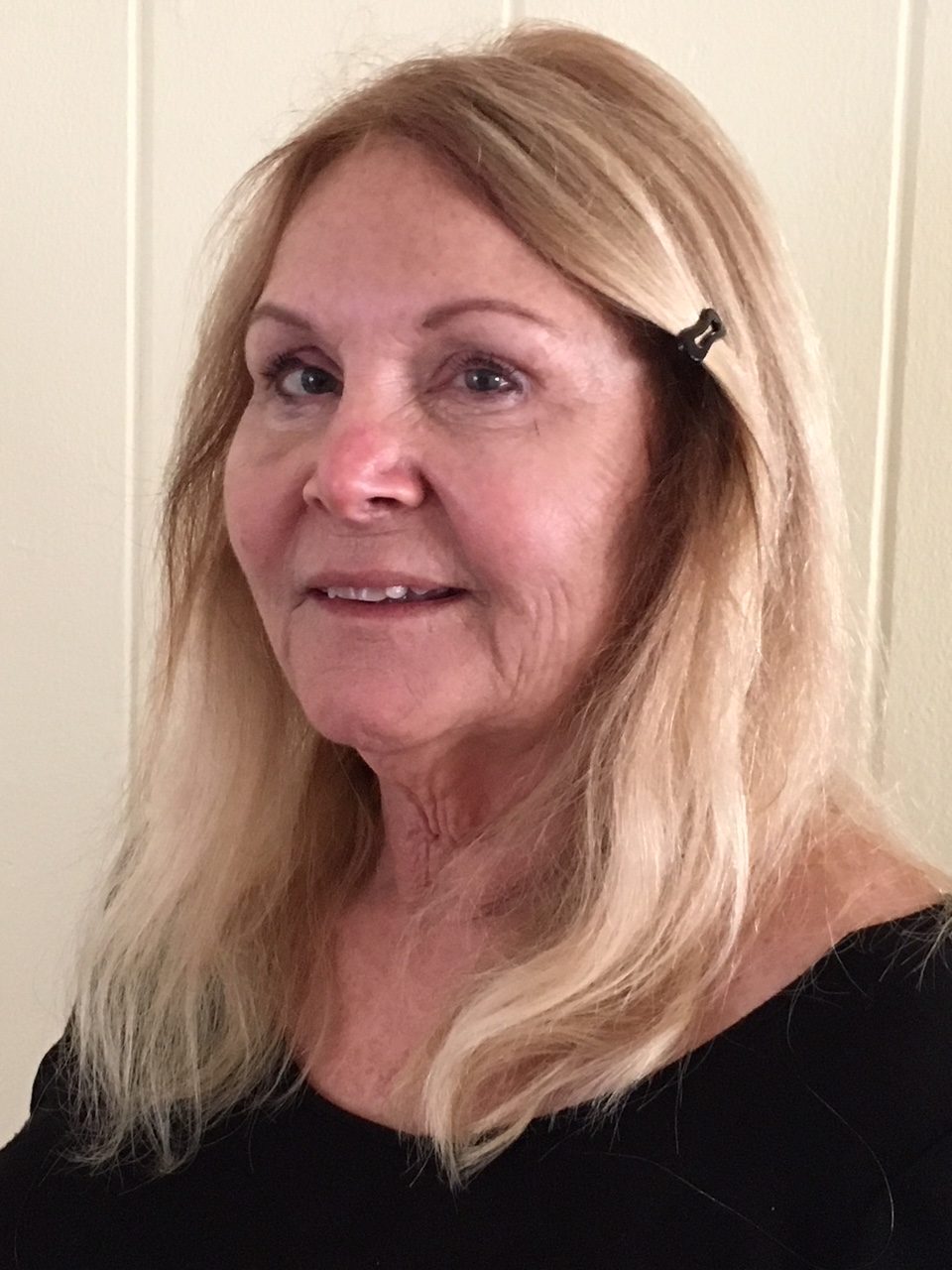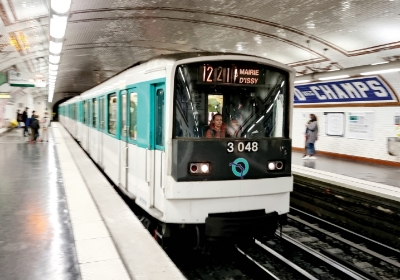ADAM MILLARD-BALL SEES THE COST OF OUR “car culture” everywhere. He sees it in curbside bike lanes clogged with parked cars. In sidewalks so narrow that pedestrians waiting for buses can’t avoid being splashed by passing vehicles. In wide, multilane streets hogging space that could be used for housing.
Recently, he sees it in a comprehensive study he led detailing the barrier effects of freeways throughout California. By turning freeway-bisected surface thoroughfares into dead-end streets, freeways limit accessibility for bicyclists and pedestrians. The inconvenience and, sometimes, danger these dead ends create are discouraging and help reinforce the use of cars, Millard-Ball and his colleagues found. The barriers also have racist and environmental implications.
“The big picture is that we give cars in L.A. and everywhere else in the U.S. a lot of hidden subsidies, including free land to drive on and park on,” Millard-Ball said in a recent interview.
Millard-Ball is a professor of urban planning at the UCLA Luskin School of Public Affairs and director of the UCLA Institute of Transportation Studies. With training as an economist, geogra- pher and urban planner, he sees part of his role as parsing “the environmental consequences of transportation and land-use decisions.”
He doesn’t buy the common notion that people love their cars and don’t want to give them up for other ways to get around.
“In reality, people are pretty rational in what they use,” Millard-Ball said. If driving is the fastest, cheapest or safest way to get to their destination, they will drive, he said, but if services are close and easy to get to on foot, they will walk.
Freeway crossings
THE STUDY, “DIVIDING HIGHWAYS: BARRIER Effects and Environmental Justice in California,” was published earlier this year in the Journal of Planning Education and Research. It provides the first large-scale look at how California freeways impede access in neighborhoods throughout the state. The research demonstrates, in a sample of 100 crossings, how freeways force pedestrians and bicyclists to go out of their way to reach the other side. Too often the freeway crossings — commonly underpasses or stairs — are unpleasant or even dangerous.
The study looked at the distance between crossings as well as the quality of the crossings. Did users have to climb stairs to go over a free- way? Walk through dank and littered tunnels to get under it? Were the crossings next to busy on-ramps and off-ramps, forcing users to endure noise and danger from cars and trucks?
Among examples is the West Adams neigh- borhood of Los Angeles, where the construction of Interstate 10 resulted in the dead-ending of many through streets at the freeway. People whose destinations are beyond the freeway are required to go as many as several blocks out of their way because of reduced neighborhood “connectivity” caused by the freeway and the resulting dead-end streets.
An earlier study cited in “Dividing Highways” found that high school students in Davis, Calif., were much less likely to bike to school if they had to cross a freeway to get there. Other previous studies have demonstrated how freeways sever neighborhoods, but “Dividing Highways” con- cludes that “this is just the tip of the iceberg if the remaining streets do not allow pedestrians and cyclists to cross in safety, let alone comfort.”
The study notes that “impacts of freeways on severance are most pronounced in communities of color. Historically, freeways have damaged these communities (the 10 through West Adams, for example, and the East L.A. Interchange in Boyle Heights). Affluent Whites have been largely successful in winning concessions from the effects of nearby freeways, the study says, or in keeping freeways out of their communities altogether.
The ill effects of freeways can be mitigated, the study says, by increasing the number of crossings or making them safer by separating cyclists and pedestrians from vehicles and reducing noise and trash along the crossings. In some cases, officials could take down a freeway. Residents have sug- gested this for the Marina Freeway, a short (and, some say, unneeded) roadway on the west side of Los Angeles County.
In San Francisco, officials took down a central freeway and replaced it with a street-level boule- vard. “It still carries a lot of traffic,” Millard-Ball said, “but it provides regular street-level intersections.”
The idea of taking down an under-utilized free- way intrigues Millard-Ball, who grew up in England and has spent considerable time in European cities with far less space devoted to roads than in the United States. He was surprised, when he moved here two decades ago, to see how much land serves cars — not only with freeways but also with multilane surface streets, parking lanes, parking lots and parking structures.
“One of the root causes of why housing is so unaffordable is because so much valuable land is devoted to transportation infrastructure,” said Millard-Ball, who came to UCLA from UC Santa Cruz. Previously, he taught at McGill University in Canada and was a transportation planner with a private firm. He holds a master’s degree in geog- raphy from the University of Edinburgh in Scotland and a Ph.D. in environment and resources from Stanford University.
Land and tradeoffs
MILLARD-BALL RETURNS TO THE UCLA campus this fall after a sabbatical at Yale School of the Environment and at the Mercator Research Institute on Global Commons and Climate Change in Berlin.
He often rides his bike to UCLA from his apart- ment in Santa Monica. “It’s not surprising that the vast majority of people in L.A. don’t want to walk or take a bus,” he said. “It’s the way we have divvied up the streets; so much of the streets have been given over to car traffic.”
Most other rich countries, Millard-Ball said, “are doing just fine with a lot less.” But much of the United States seems wedded to old design standards, with little flexibility to adapt to such modern realities as the scarcity and high cost of land. He looks at broad boulevards and sees superfluous lanes that could be used for housing.
“Our cities are very keen to identify unused land. They say, ‘Hey, there’s not enough land for housing,’ but they completely ignore this vast reservoir of land which they manage, which is the streets.” Millard-Ball suggests building new streets smaller and allowing buildings along existing wide streets to be extended onto part of the roadway to create more housing.
“There is no reason at least conceptually, why [space taken up with streets] needs to be off limits for housing,” he said. “Many of these local residential streets don’t need to be 50 feet wide. In places like Tokyo, they are as narrow as 12 feet.”
Furthermore, Millard-Ball said, “There is no evidence that people like living on wide streets. … People prefer to live on narrow streets where cars move more slowly.”
Does every street need to have parking on both sides? Does every street need to have lanes going in opposite directions, no matter how little the street is used? Should we rethink having surface streets with three lanes of traffic in each direction?
Are there other trade-offs that would result in better use of valuable land?

























